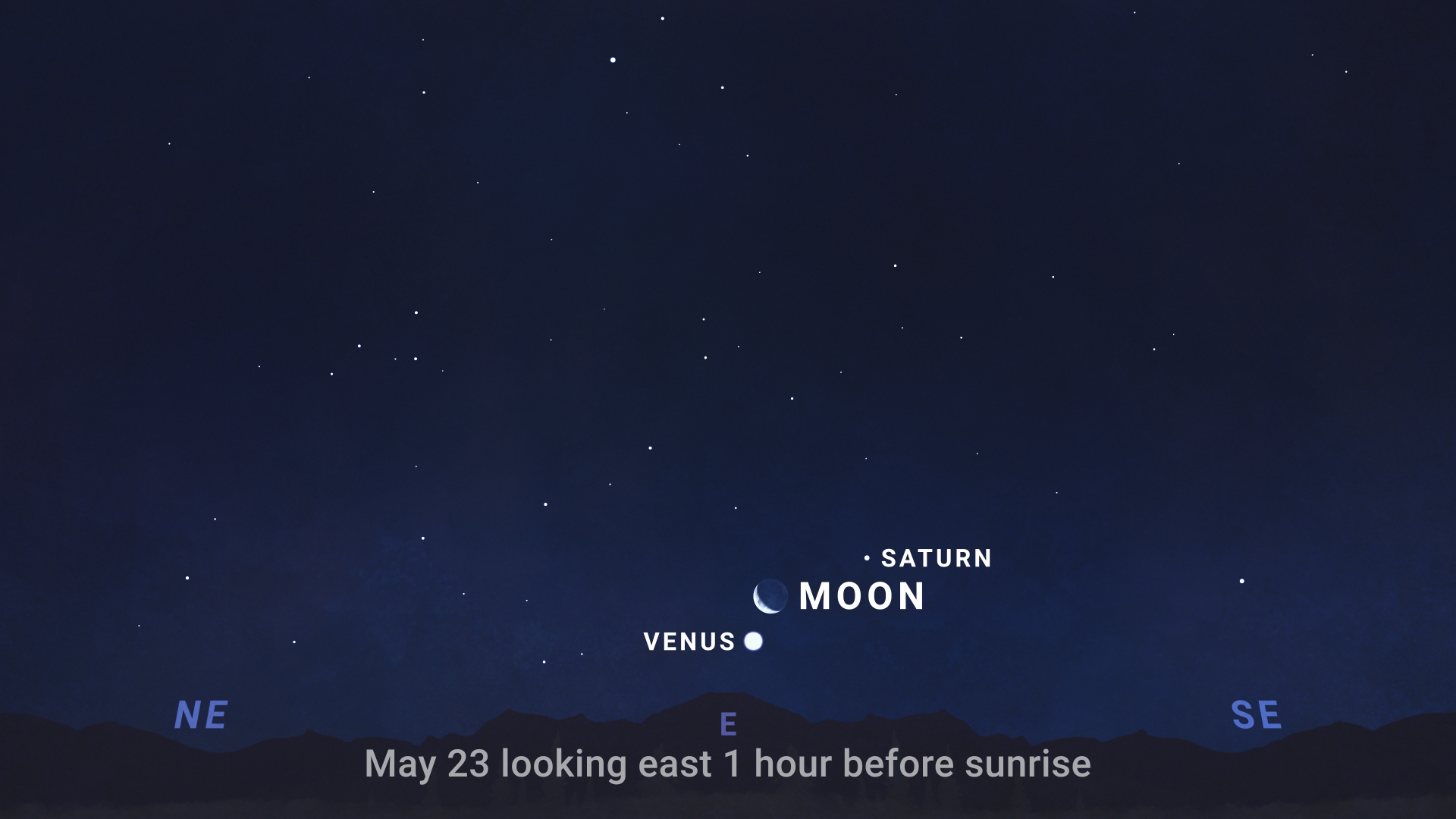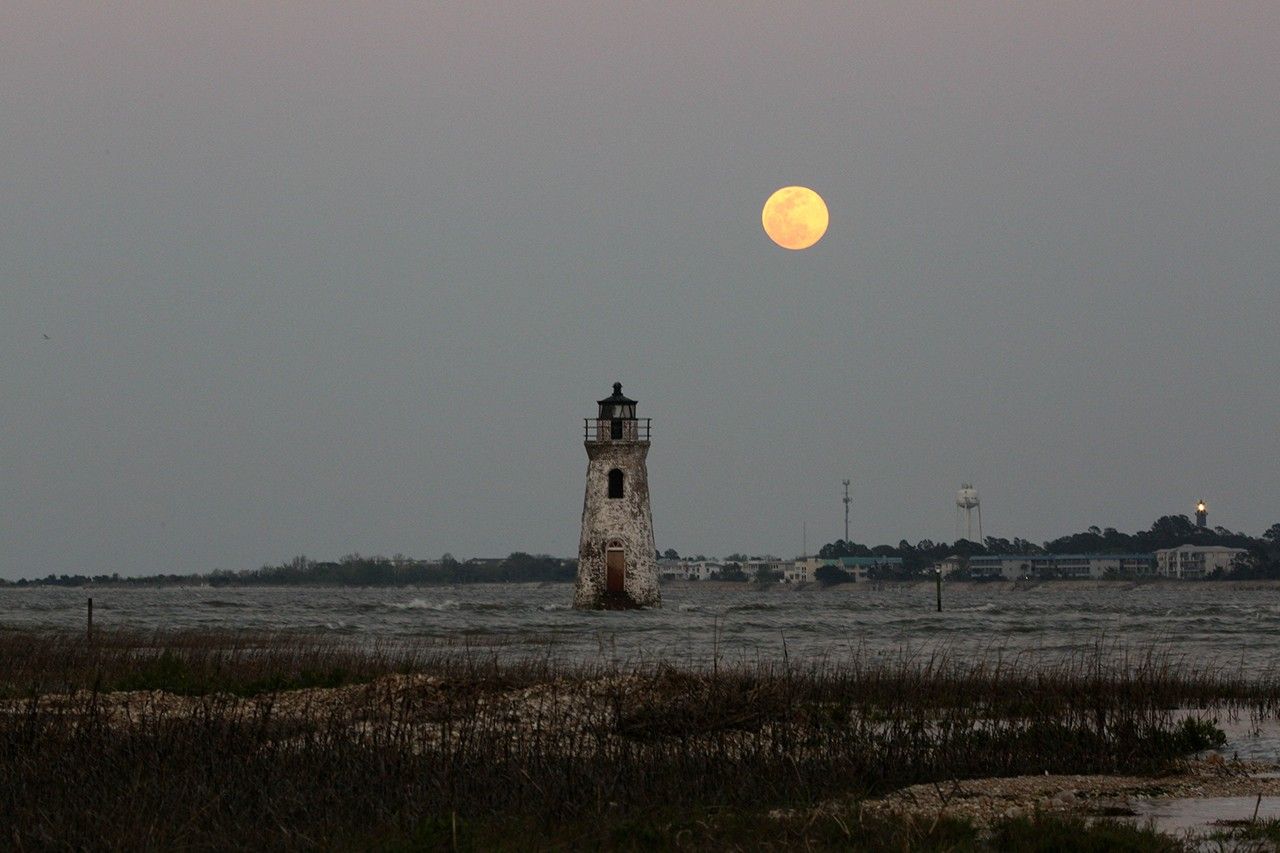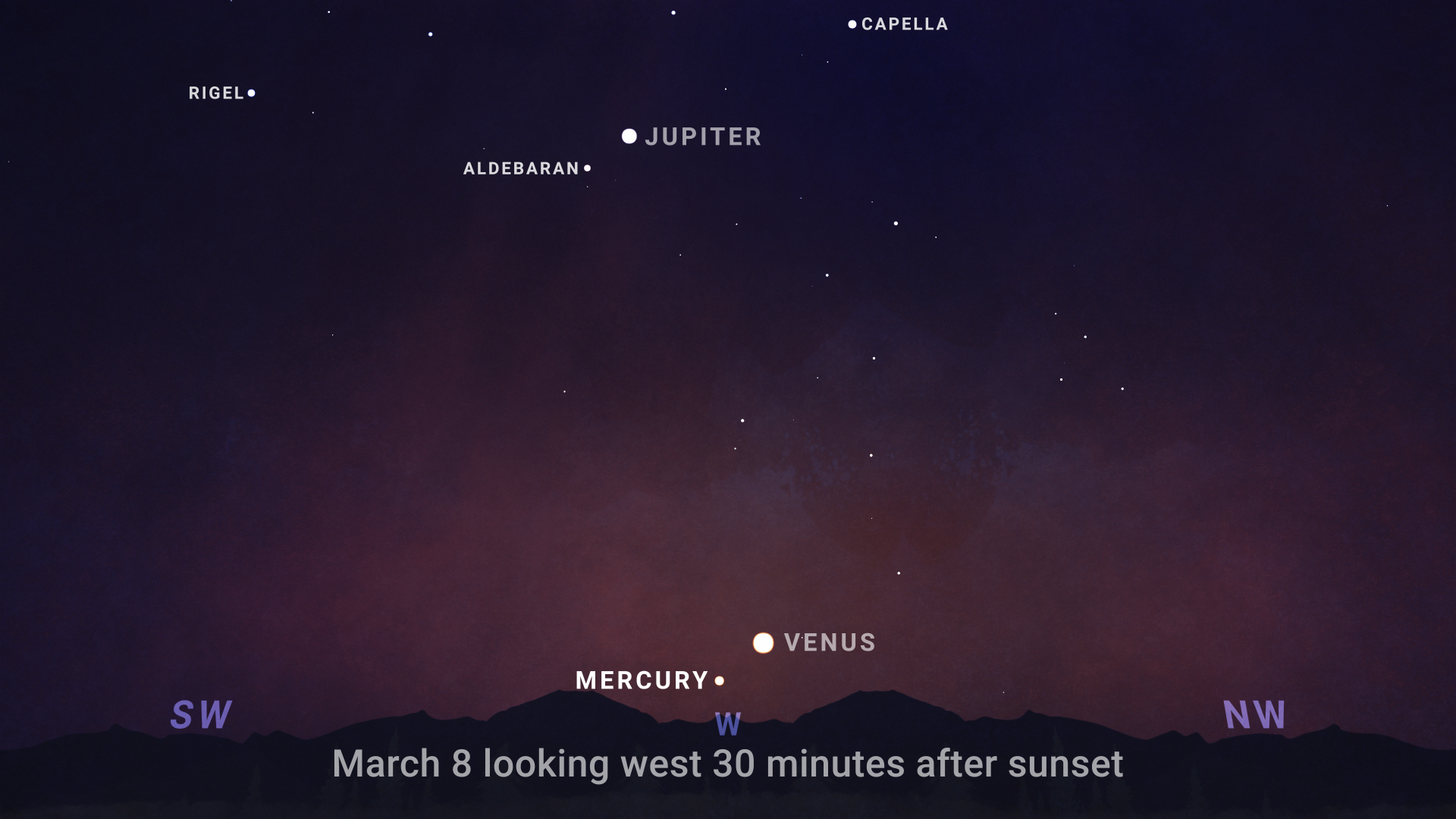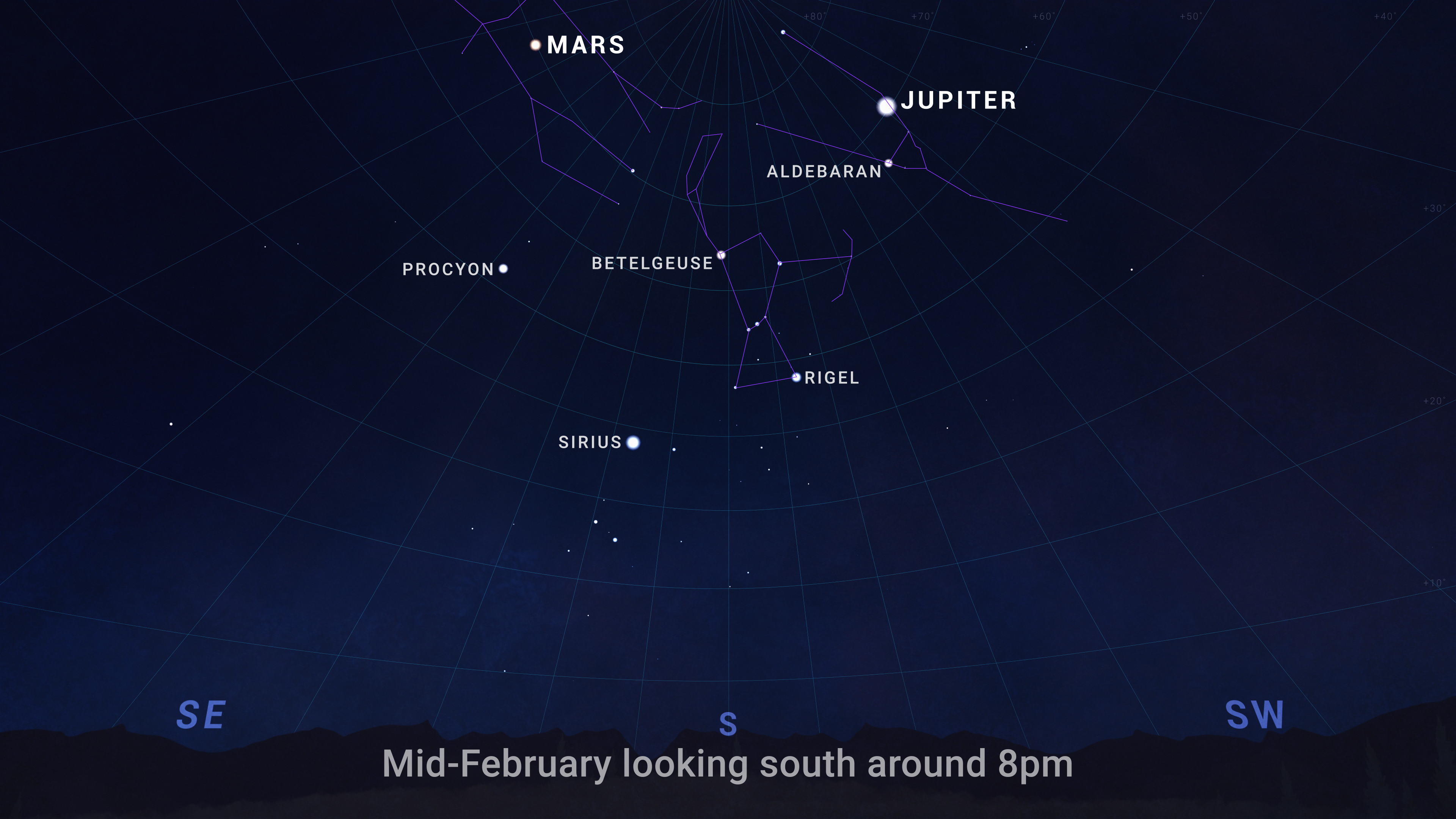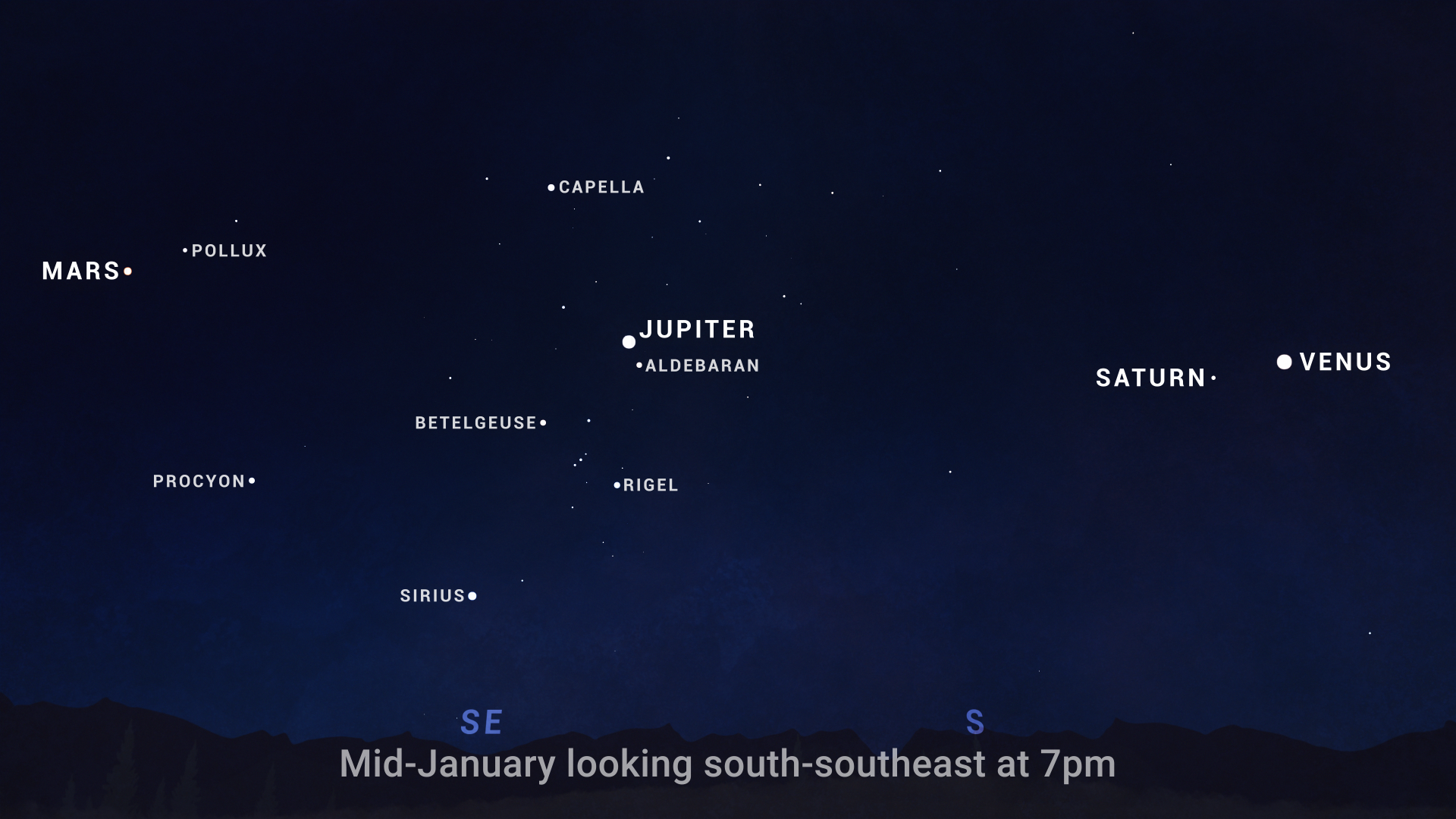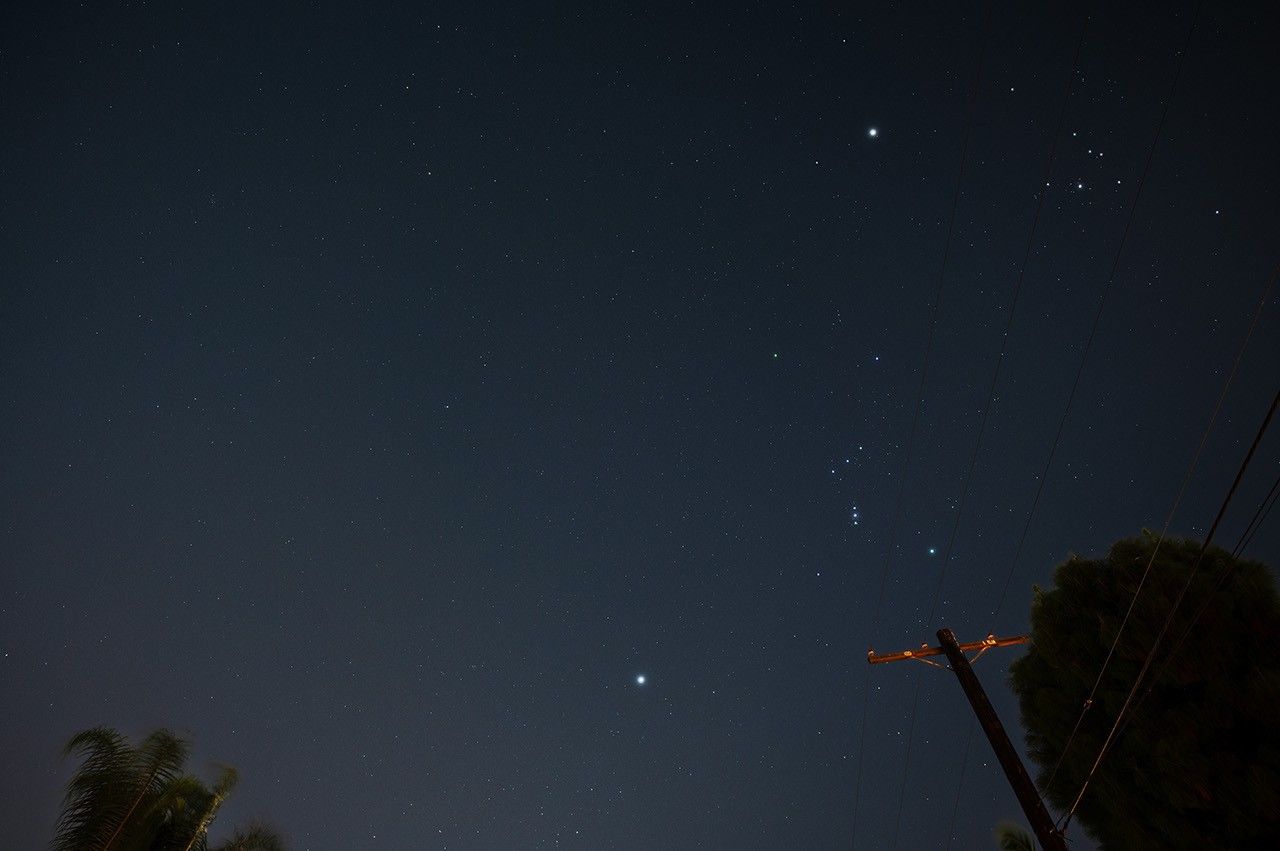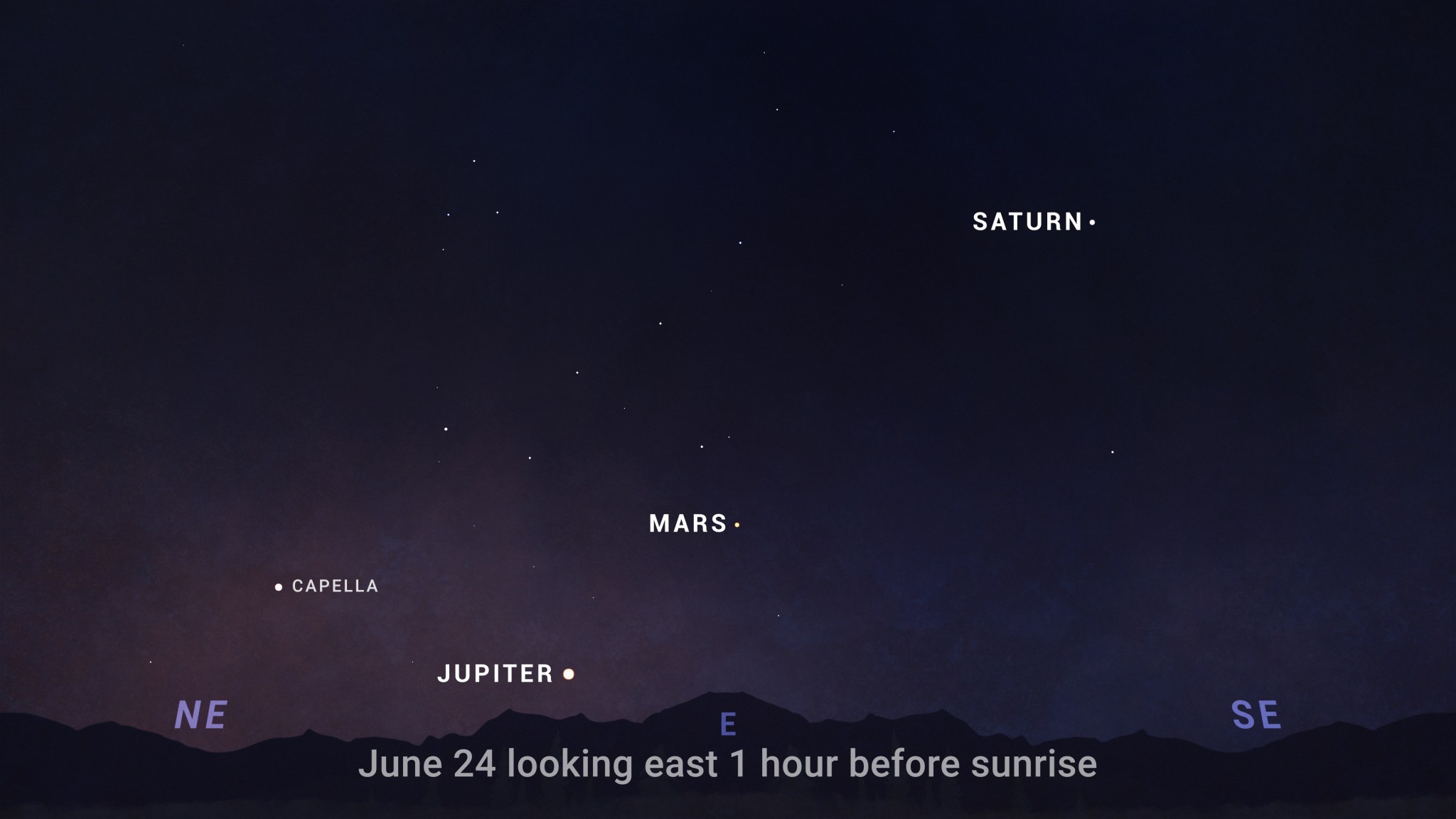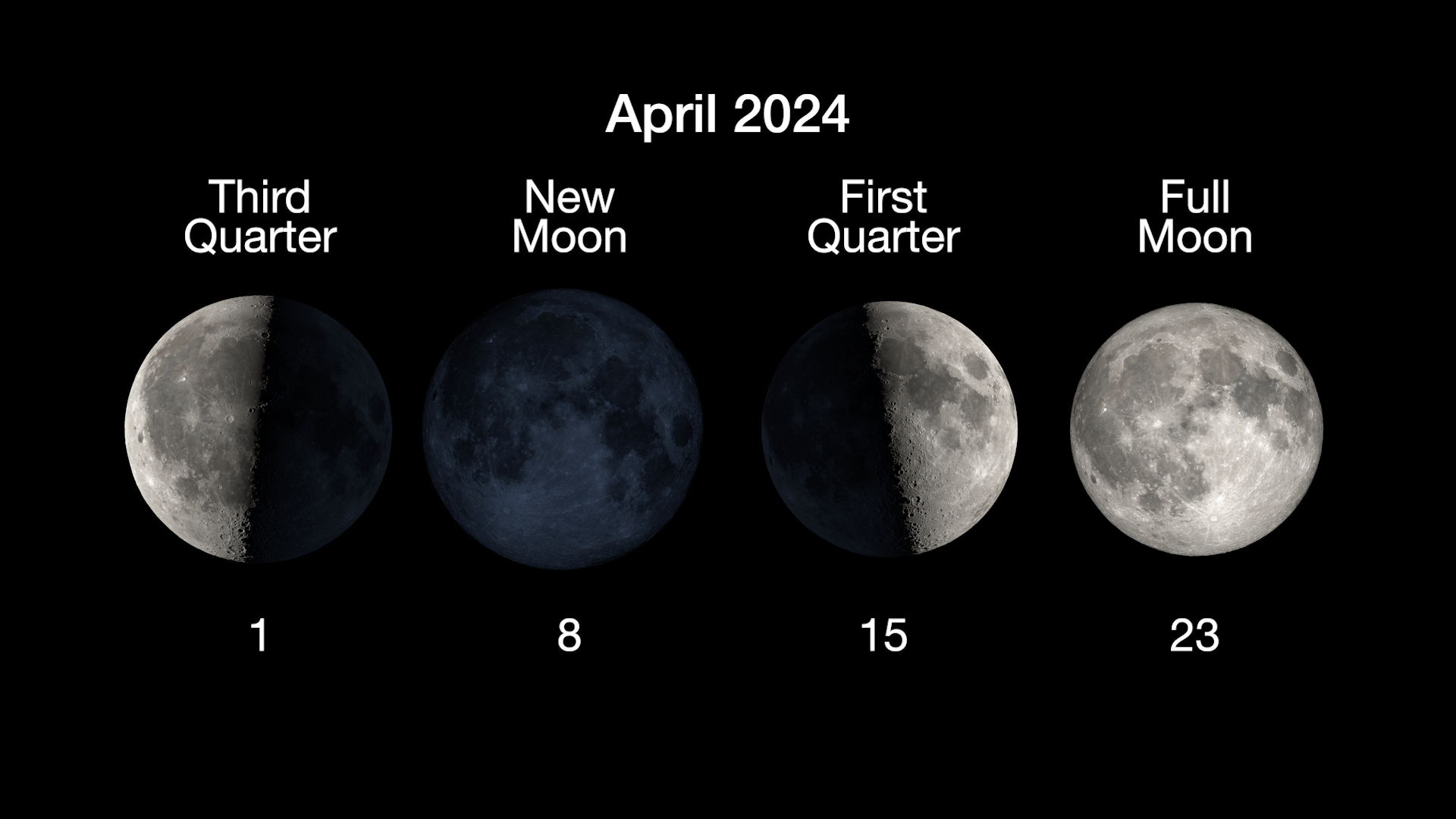Skywatching Skywatching Home What’s Up What to See Tonight Meteor Showers Eclipses Moon Guide More Tips & Guides Skywatching FAQ Night Sky Network Eta Aquarids & Waiting for a Nova! The first week of May brings the annual Eta Aquarid meteors, peaking on the 6th. And sometime in the next few months, astronomers predict a “new star” or nova explosion will become visible to the unaided eye. Skywatching Highlights All Month – Planet Visibility: Venus: Appears very bright and low in the east in the hour before sunrise all month. …
Read MoreTag: Skywatching Tips
The Next Full Moon is the Worm Moon
Skywatching Science Skywatching The Next Full Moon is the Worm… Skywatching Home What’s Up What to See Tonight Moon Guide Eclipses Meteor Showers More Tips & Guides Skywatching FAQ 22 Min Read The Next Full Moon is the Worm Moon Cockspur Island Lighthouse in Savannah, Georgia, on a full moon night in March 2019. Credits: NPS/Joel Cadoff The next full moon is called the Worm Moon. Also, there will be a total lunar eclipse this full moon. The Moon will be full early Friday morning, March 14, at 2:55…
Read MoreWhat’s Up: March 2025 Skywatching Tips from NASA
Skywatching Science Skywatching What’s Up: March 2025… Skywatching Home What’s Up What to See Tonight Moon Guide Eclipses Meteor Showers More Tips & Guides Skywatching FAQ A Fast-Moving Planet and a Crimson Moon! Catch Mercury if you can, then stay up late for a total lunar eclipse, and learn the truth about the dark side of the Moon. Skywatching Highlights All Month – Planets Visibility: Mercury: Speedy Mercury is visible beneath Venus for the first week and a half of March, for about 30 minutes each evening, as sunset…
Read MoreThe Next Full Moon is the Snow Moon
Skywatching Science Skywatching The Next Full Moon is the Snow… Skywatching Home What’s Up Eclipses Explore the Night Sky Night Sky Network More Tips and Guides FAQ 23 Min Read The Next Full Moon is the Snow Moon A full moon hike at Bryce Canyon National Park. Credits: National Park Service The next full moon will be Wednesday morning, Feb. 12, 2025, appearing opposite the Sun (in Earth longitude) at 8:53 a.m. EST. The Moon will appear full for about three days around this time, from Monday night into…
Read MoreWhat’s Up: February 2025 Skywatching Tips from NASA
Skywatching Skywatching Home What’s Up Eclipses Explore the Night Sky Night Sky Network More Tips and Guides FAQ Download the Video A Month of Bright Planets Venus blazes at its brightest for the year after sunset, then Mars and Jupiter to rule the night amid the menagerie of bright winter stars. Skywatching Highlights All Month – Planet Visibility: Mercury: Pops up just above the horizon in late February, looking relatively bright as sunset fades Venus: Looking brilliant in the west after sunset all month Mars: Bright and amber-orange colored, high…
Read MoreWhat’s Up: January 2025 Skywatching Tips from NASA
Skywatching Skywatching Home What’s Up Eclipses Explore the Night Sky Night Sky Network More Tips and Guides FAQ Download the Video Four Planets in One View! Each evening this month, enjoy a sweeping view of four bright planets at once. Also look for a close approach of Venus and Saturn, Mars occulted by the Moon, and meteors! Skywatching Highlights January 3 – Quadrantid meteor shower peaks: This is a moderate shower, usually delivering 20 to 30 meteors per hour under clear, dark skies at its peak. No interference from the…
Read MoreThe Next Full Moon Will Be the Last of Four Consecutive Supermoons
Skywatching Skywatching Home Eclipses What’s Up Explore the Night Sky Night Sky Network More Tips and Guides FAQ 24 Min Read The Next Full Moon Will Be the Last of Four Consecutive Supermoons Guardians of Traffic statue in Cleveland, Ohio, in front of the supermoon that was visible on Sept. 17, 2024. On this day, the full moon was a partial lunar eclipse; a supermoon; and a harvest moon. Credits: NASA/GRC/Sara Lowthian-Hanna The Next Full Moon is a Supermoon; the Beaver, Frost, Frosty, or Snow Moon; Kartik Purnima; Loy Krathong;…
Read MoreWhat’s Up: November 2024 Skywatching Tips from NASA
Skywatching Home What’s Up: November 2024… Skywatching Skywatching Home Eclipses What’s Up Explore the Night Sky Night Sky Network More Tips and Guides FAQ Download the video See the Moon Hide a Bright Star In the early morning hours of November 27, catch a rare lunar occultation of Spica visible from parts of the U.S. and Canada. Skywatching Highlights All month – Planet visibility report: Saturn shines in the south most of the night, Jupiter rises in the early evening alongside Taurus and Orion, while Mars trails a couple…
Read MoreWhat’s Up: June 2024 Skywatching Tips from NASA
Planets rule the a.m., and what’s that bright light? Saturn and Mars meet up with the Moon, Jupiter returns at dawn, and tips for identifying some common objects seen in the sky. Highlights All month – All the planetary action continues to be in the morning sky, with Saturn and Mars rising in the early morning hours. They are joined later in the month by Jupiter. June 2 – In the hour before sunrise, reddish Mars hangs just beneath the crescent Moon. Find the pair low in the east with…
Read MoreThe next full Moon is the Pink Moon, Sprouting Grass Moon, Egg Moon, Fish Moon, the Pesach or Passover Moon
19 min read The next full Moon is the Pink Moon, Sprouting Grass Moon, Egg Moon, Fish Moon, the Pesach or Passover Moon The next full Moon is the Pink Moon, Sprouting Grass Moon, Egg Moon, Fish Moon, the Pesach or Passover Moon, the Hanuman Jayanti Festival Moon, and Bak Poya. The next full Moon will be Tuesday evening, April 23, 2024, appearing opposite the Sun (in Earth-based longitude) at 7:49 PM EDT. This will be on Wednesday from the time zones of the UK, Ireland, and Portugal eastward across…
Read More